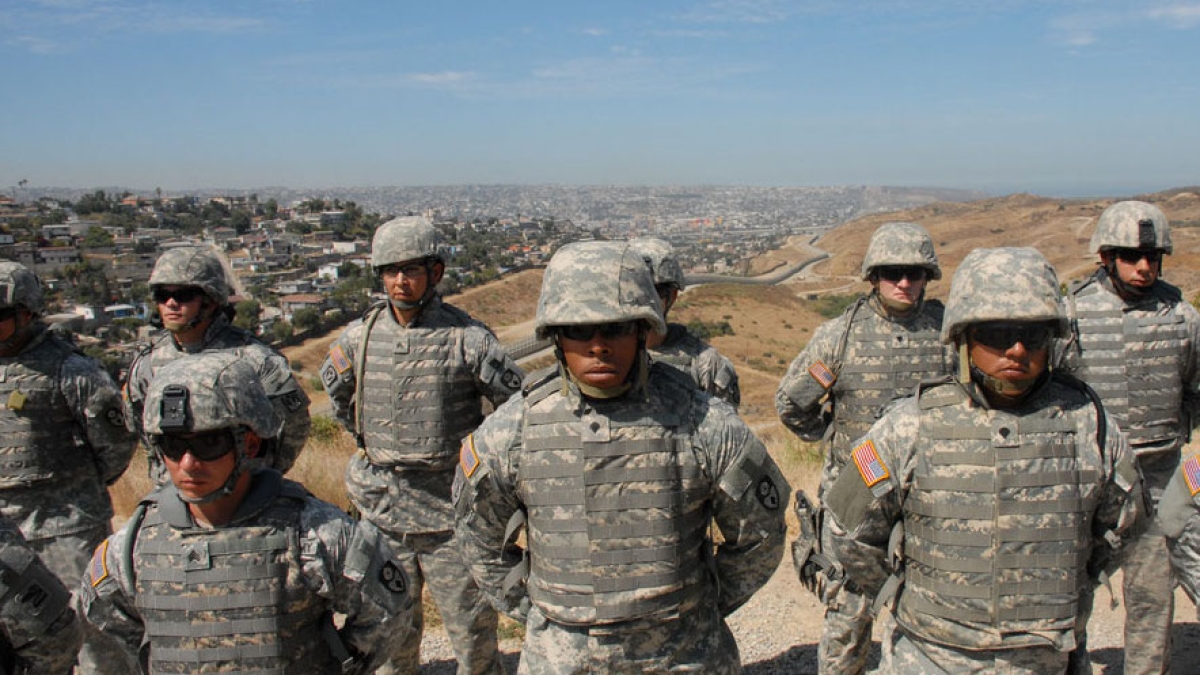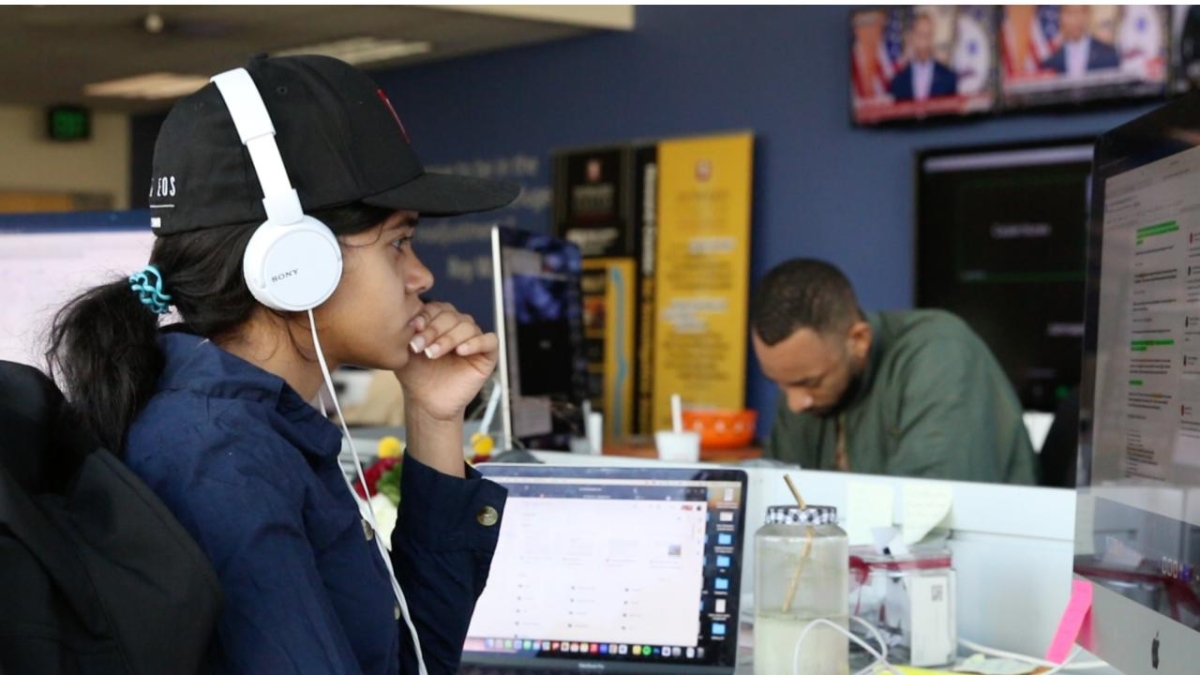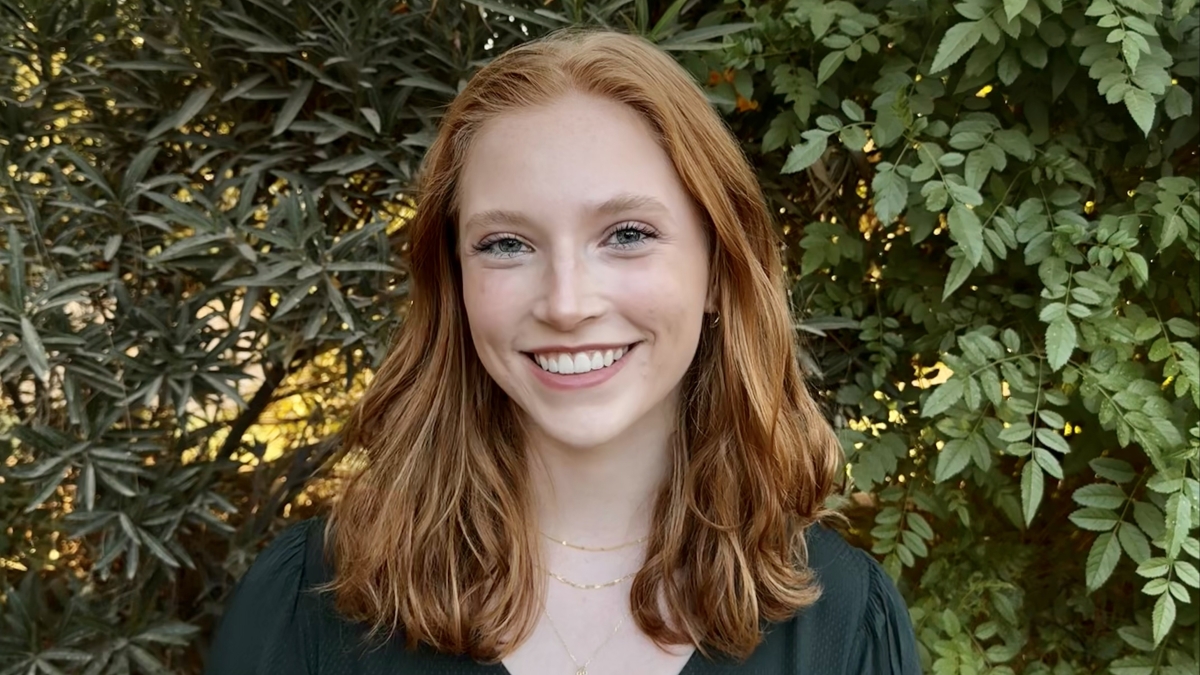Understanding the National Guard border deployment
Troops will provide assistance on air support, reconnaissance, logistics and construction of border infrastructure

Starting this week, Arizona's border will see more boots on the ground as hundreds of National Guard members will be deployed by Arizona Gov. Doug Ducey at the behest of President Donald Trump.
Trump ordered the Department of Homeland Security and the Pentagon last week to develop a plan to tighten security along the nation’s southern perimeter to fend off immigration, gang activity and illegal drugs entering our country. He also called on governors of Southwestern states to send National Guard units to the border. Ducey has responded by calling on 338 troop members to assist with air support, reconnaissance, logistics and construction of border infrastructure.
The initial deployment is set to last 31 days and could later be extended. The action is supported by federal funds, according to a spokesman for Ducey.
To better understand this current development and its implications, ASU Now reached out to Angela Banks, the Charles J. Merriam Distinguished Professor of Law at the Sandra Day O’Connor College of Law at Arizona State University and an immigration and citizenship expert whose research focuses on membership and belonging in democratic societies.
Angela Banks
Question: What precipitated this action?
Answer: It is not clear what precipitated this action. Since Congress passed the $1.3 trillion spending bill in March that only provided $1.6 million for a border wall, President Trump has been looking for new ways to fund border enforcement. The use of National Guard personnel appears to have been one solution.
Q: Is this a proper use of these soldiers?
A: There are limits on the types of activities that soldiers can engage in within the United States. For example, the Posse Comitatus Act requires that the president obtain Congressional authorization before the military can act in a domestic law enforcement capacity. However, Title 32 of the United States Code exempts the National Guard from this requirement.
Q: Is this type of action unprecedented?
A: No, both President Obama and President George W. Bush utilized National Guard personnel for border patrol activities. Through Operation Phalanx, President Obama used National Guard personnel to monitor border crossings, analyze intelligence, and provide surveillance and reconnaissance support. Operation Phalanx lasted approximately sixteen months. President George W. Bush sent National Guard personnel to the border to provide training, install fences and vehicle barriers, and surveillance assistance in Operation Jump Start. Operation Jump Start lasted two years.
Q: What are the implications?
A: There is the practical implication of having a force multiplier on the border. In the past, National Guard members have been used when the administration concluded that more customs and Border Patrol agents were necessary to be effective. The Trump administration has not specified what tasks National Guard personnel will be involved in so it is not clear how effective they will be in addressing the larger issues of unauthorized migration or transnational criminal activity that President Trump has expressed concern about.
Sending the National Guard to the border also allows President Trump to demonstrate that he is following through on his campaign promises to enact tougher border control.
Q: What is the bill for something like this?
A: It is unclear what the cost will be at this time because President Trump has not stated how many National Guard personnel will be sent to the border. In September 2011 the Government Accountability Office reported that the cost of Operation Phalanx and Operation Jump Start was $1.35 billion. Past presidents have been critiqued for their use of National Guard personnel on the border because of the high cost of such operations, the perception that the operations produced minimal results, and that it militarized the border.
Top photo courtesy of the National Guard
More Law, journalism and politics

When giving goes global: ASU family invests in students studying media abroad
The dream of studying abroad and making connections globally while in college is often hindered by the substantial cost of traveling and living in a different country. But thanks to the generosity…

ASU, UMD Howard Centers partner with AP global investigations team on yearslong investigation into police use of force
The Associated Press global investigations team, the Howard Centers for Investigative Journalism at Arizona State University and the University of Maryland (UMD), and "Frontline" (PBS) on Thursday…

ASU senior's thesis explores gender, politics and perception
For all its benefits, social media is an environment that remains rife with judgement, especially if you're a public figure, and — according to an Arizona State University student's recent research…
